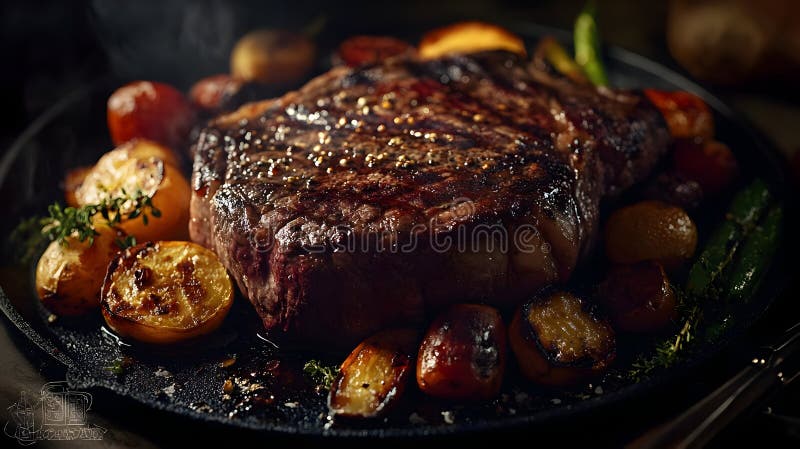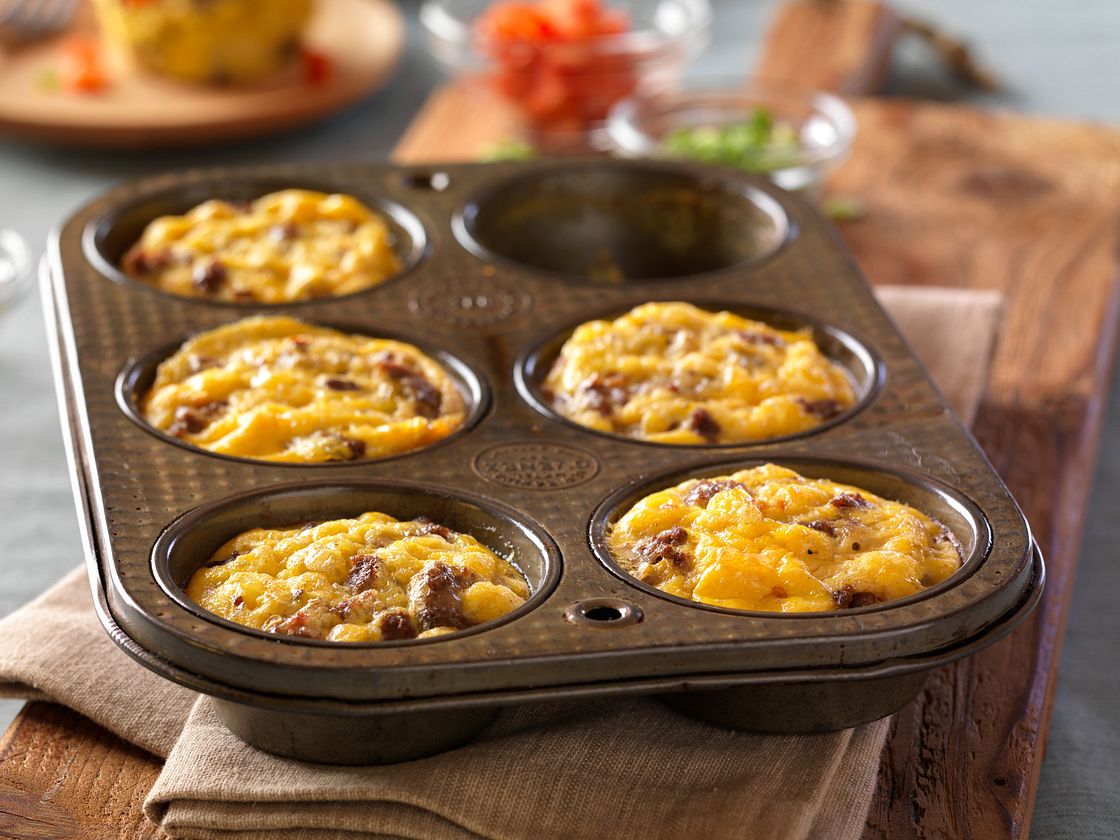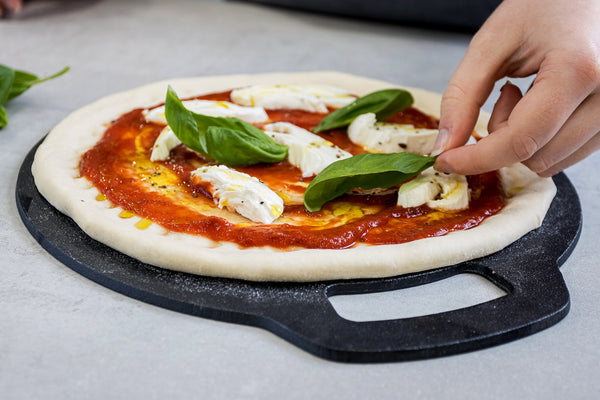For kitchen professionals aiming to serve dishes that captivate both the eyes and taste buds, knowing how long to preheat a sizzling plate is essential. A sizzling plate can transform an ordinary dish into an extraordinary experience, but achieving the perfect sizzle requires precise timing and technique.
The art of using these plates is steeped in culinary tradition, and the preheating process is a critical step that can make or break the final presentation. Let's delve into the science and methodology behind this crucial kitchen skill.

The Science Behind Sizzling Plates
Before we dive into the specifics of preheating, it's important to understand why sizzling plates are so effective. These plates are typically made of cast iron or similar materials that retain heat exceptionally well. The high temperature not only creates an audible sizzle but also helps in caramelizing the food, enhancing its flavors and appearance.
Preheating a sizzling plate ensures even heat distribution, which is crucial for consistent cooking. If a plate is not hot enough, it can lead to uneven cooking and a lackluster presentation. On the other hand, overheating may result in burnt food and smoke, detracting from the dining experience.
How Long Should You Preheat?
The question of how long to preheat a sizzling plate doesn't have a one-size-fits-all answer. The ideal duration can vary based on factors such as the material of the plate, the type of stove or oven, and the specific dish you're preparing.
Generally, preheating a sizzling plate takes about 10 to 15 minutes over medium-high heat. For those using an oven, preheat the oven to around 400F (200C) and allow the plate to heat for the same duration. It's advisable to test the plate's heat by sprinkling a few drops of water on its surface. If the water sizzles and evaporates immediately, the plate is ready for use.
For more detailed techniques on using sizzling plates, you can explore this guide to serving food on a sizzling platter.
Factors Affecting Preheating Time
Material of the Plate
Different materials have different heat retention properties. For instance, cast iron takes longer to heat but maintains its temperature longer than aluminum or stainless steel. Adjust your preheating time accordingly based on the material of your plate.
Type of Heat Source
The efficiency of your heat source also plays a role. Gas stoves tend to heat up faster than electric ones, while induction cooktops offer precise heat control. Each may require slight adjustments to the preheating time.
Thickness of the Plate
Thicker plates will take longer to reach the desired temperature. As a rule of thumb, the thicker the plate, the longer the preheating time.
For more insights on different types of sizzling platters, check out this article on non-stick sizzling platters.
Tips for Perfect Preheating
Here are some expert tips to ensure you get the most out of your sizzling plate:
- Use a thermometer to check the plate's surface temperature for precision.
- Season the plate with a thin layer of oil before preheating to prevent sticking and enhance the sizzle effect.
- Allow the plate to cool gradually after use to prevent warping or cracking.
For safety tips when handling hot platters, refer to this safety guide.
Common Mistakes to Avoid
Even seasoned professionals can make mistakes with sizzling plates. Avoid these common pitfalls:
- Skipping the preheating step, leading to uneven cooking.
- Not using oil, which can cause food to stick and burn.
- Overcrowding the plate, which reduces the sizzle effect.
Enhance your sizzling platter experience with this insightful article from Serious Eats.
Conclusion
Mastering how long to preheat a sizzling plate can elevate your culinary creations to new heights. By understanding the nuances of your equipment and the specific requirements of your dishes, you can consistently deliver meals that are both visually stunning and delicious.
Remember, practice makes perfect. Continually refine your technique, and in no time, you'll be the go-to expert on sizzling plates in your kitchen.

FAQ
Q1: Can I preheat a sizzling plate in a microwave?
A1: No, microwaves are not suitable for preheating metal sizzling plates. Use a stove or oven instead.
Q2: Is it necessary to use oil on a sizzling plate?
A2: Yes, using oil helps prevent sticking and enhances the sizzle effect of the food.
Q3: What types of dishes work best on a sizzling plate?
A3: Dishes that benefit from high heat and quick cooking, such as fajitas, stir-fries, and steaks, work well on sizzling plates.
This article contains affiliate links. We may earn a commission at no extra cost to you.






Leave a comment
This site is protected by hCaptcha and the hCaptcha Privacy Policy and Terms of Service apply.